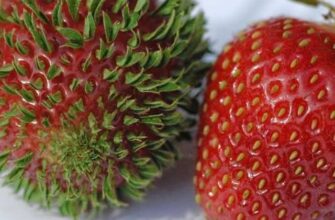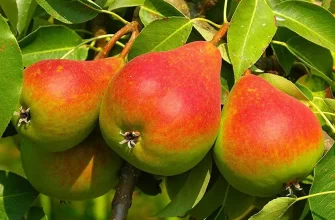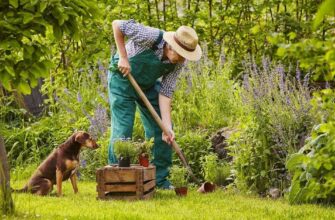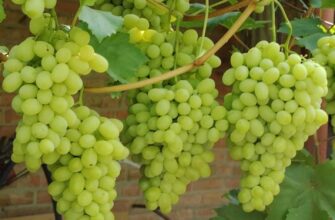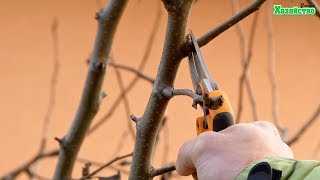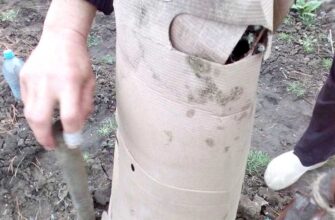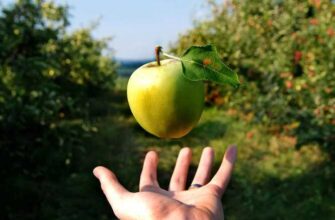- Почему обрезка персика важна?
- Когда следует обрезать персик?
- Инструменты для обрезки персика
- 1. Секатор
- 2. Пилка
- 3. Плоскогубцы
- 4. Защитные перчатки
- Основные шаги обрезки персика
- 1. Подготовка инструментов и дерева
- 2. Выбор правильного места для обрезки
- 3. Удаление лишних ветвей
- Как правильно обрезать большие ветви персика?
- Как обрезать персик для формирования красивой кроны?
- Подробности процесса обрезки
- Профессиональные советы по обрезке персика
- Как ухаживать за персиковым деревом после обрезки?
- Какие проблемы могут возникнуть при неправильной обрезке персика?
- 1. Урон коре и мякоти
- 2. Риск болезней и инфекций
- 3. Потеря питательных веществ
- Советы по обрезке персика для начинающих
- 1. Выбор правильного времени для обрезки
- 2. Удаление сухих и поврежденных веток
- 3. Создание правильной формы кроны
- 4. Поддержание баланса между ростом и плодоношением
- Как сохранить урожайность персика при обрезке?
- Подбираем правильное время для обрезки
- Удаляем больные и поврежденные ветки
- Следим за подробностями
- Используем советы профессионалов
- Вопрос-ответ:
- Когда следует обрезать персиковое дерево?
- Каким образом обрезать персиковое дерево?
- Как часто следует обрезывать персиковое дерево?
- Какие инструменты необходимы для обрезки персикового дерева?
- Можно ли обрезать персиковое дерево в другое время года?
- Видео:
- Обрезка персика на омоложение и вырастание плодовой древесины.
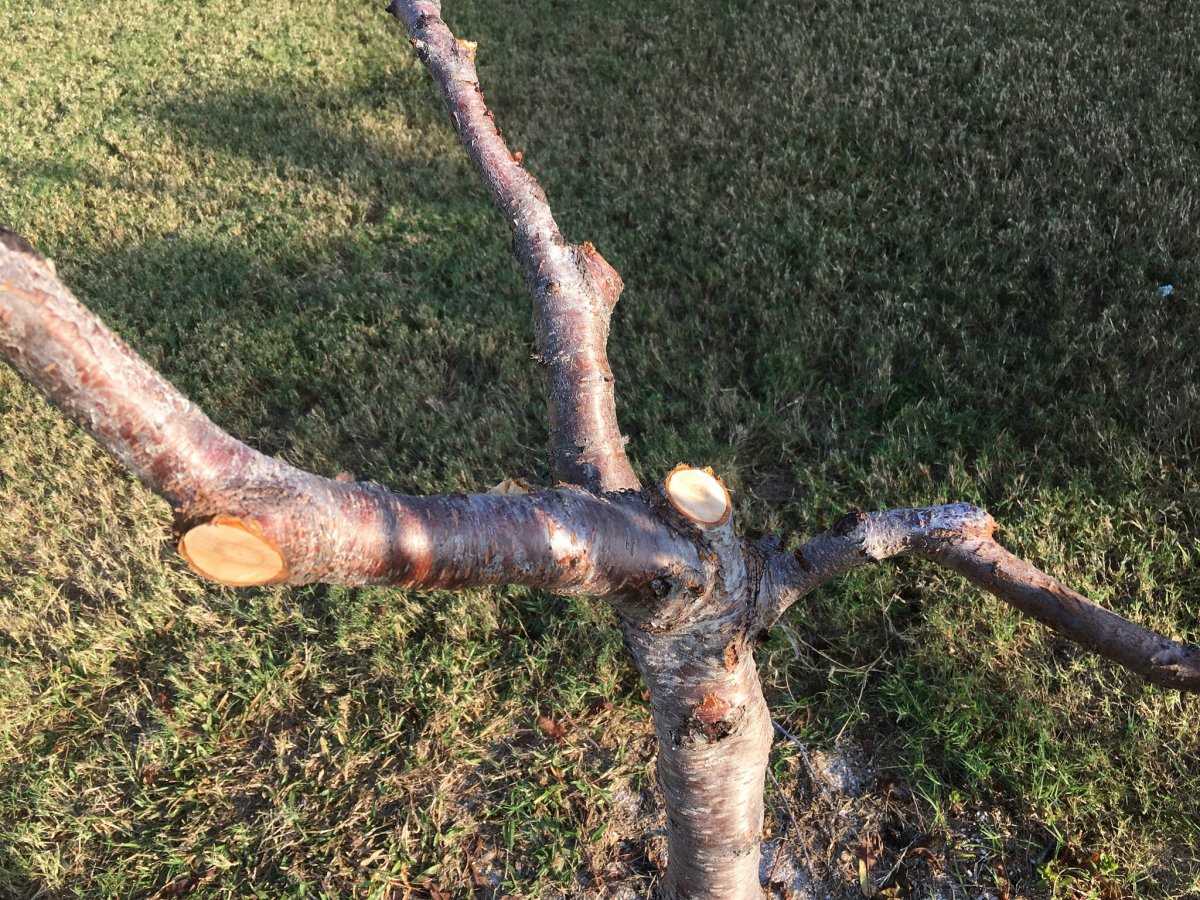
Обрезка персика – один из профессиональных методов омоложения, который позволяет сохранить молодость и красоту кожи. Этот процесс включает в себя удаление лишних, старых и поврежденных ветвей, что способствует улучшению роста и развития растения.
Подробности обрезки персика для омоложения направлены на создание оптимальных условий для его роста. Профессионалы рекомендуют проводить обрезку весной или осенью, когда дерево находится в состоянии покоя. Основная задача состоит в удалении слабых и перекрывающихся ветвей, а также санитарной обрезке, чтобы предотвратить распространение болезней и вредителей.
Персиковые деревья нуждаются в регулярной обрезке, чтобы получить достаточно солнечного света и воздуха, что способствует их здоровью и долговечности.
Для успешной обрезки персика на омоложение необходимо учитывать несколько советов. Во-первых, стоит выбирать острые и чистые инструменты, чтобы предотвратить повреждение дерева. Во-вторых, следует убирать все сухие и поврежденные ветви, чтобы сосредоточить питательные вещества на здоровые и сильные части растения. Наконец, необходимо регулярно проверять состояние персикового дерева и удалять возможные отросшие отводы, чтобы сохранить его красоту и здоровье.
Почему обрезка персика важна?
Обрезка персика является важной процедурой для сохранения здоровья и красоты растения. Советы профессионального биолога помогут вам освоить этот навык и достичь наилучших результатов.
Персик является декоративным и плодовым деревом, которое требует регулярной обрезки для поддержания своей формы и обеспечения правильного роста. Благодаря обрезке персика, вы сможете удалить поврежденные или больные ветви, что поможет предотвратить распространение болезней и инфекций.
Подробности о том, как правильно обрезать персик, можно узнать у профессионального биолога. Он расскажет вам, каким образом следует проводить санитарную обрезку, чтобы убрать омертвевшие детали и способствовать притоку света и воздуха к растению.
Обрезка персика также способствует улучшению его плодоношения. Этот процесс позволяет удалять лишние ветви и побеги, что снижает конкуренцию между ними и обеспечивает персику больше питательных веществ и энергии для развития плодов.
Важно помнить, что обрезка персика следует проводить в определенное время года, чтобы минимизировать стресс для растения и достичь наилучших результатов. Поэтому, перед началом работы, рекомендуется проконсультироваться с профессиональным биологом или изучить соответствующую литературу.
Когда следует обрезать персик?

Обрезка персика является важным этапом ухода за этим плодовым деревом. Он позволяет улучшить его форму, стимулировать рост и увеличивает урожайность. Когда именно следует проводить обрезку персика, расскажет профессиональный биолог.
Подробности обрезки персика зависят от его возраста. Молодые деревья до трех лет обрезаются весной, перед началом вегетации. Это позволяет сформировать правильную крону и стимулировать рост боковых побегов. Старые деревья обрезаются осенью, после сбора урожая. Такая обрезка помогает избавиться от больных или поврежденных веток и поддерживает общую форму дерева.
Советы профессионалов по обрезке персика направлены на достижение наилучших результатов. Перед обрезкой следует обязательно дезинфицировать инструменты специальными средствами, чтобы предотвратить распространение инфекций. При обрезке следует удалять сучки, растущие кнутовидно, так как они отнимают силы дерева. Также стоит удалять сухие и поврежденные ветки, чтобы предотвратить заражение дерева болезнями и вредителями.
Обрезка персика является важным аспектом ухода за этим плодовым деревом. Следуя советам профессионалов и заботясь о персике вовремя, можно обеспечить ему здоровый рост, красивую форму и обильный урожай.
Инструменты для обрезки персика

Обрезка персика — важный процесс, который требует использования профессионального инструмента. Без правильных инструментов, вы рискуете повредить дерево и не достичь желаемого эффекта. Вот некоторые подробности о необходимых инструментах для обрезки персика.
1. Секатор
Один из основных инструментов для обрезки персика — это секатор. Секатор позволяет аккуратно удалить ветки и побеги, не повреждая основное ствол дерева. Лучше выбирать секатор с острыми лезвиями, чтобы обрезка была более точной и безопасной.
2. Пилка
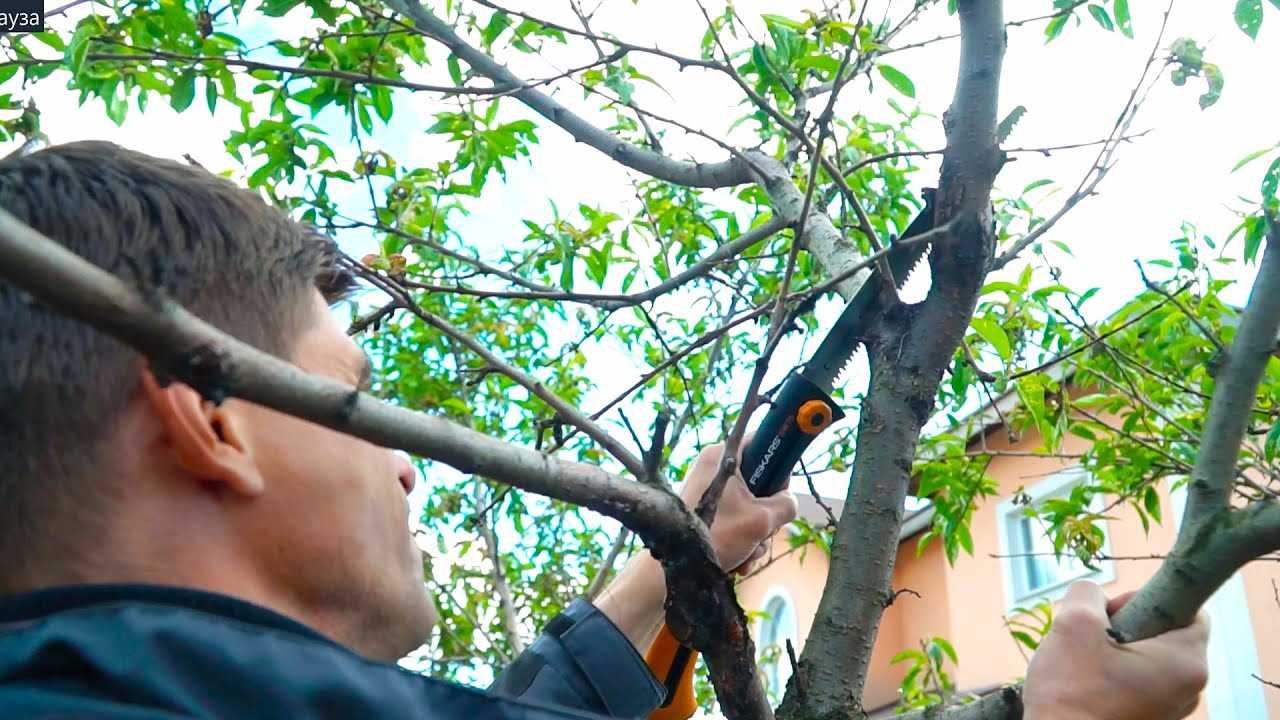
Для более крупных веток и ветвей персика может понадобиться пилка. Пилка поможет удалить более толстые ветви, которые не поддаются обрезке секатором. Важно выбирать пилку с зубчатыми лезвиями, чтобы обрезка была эффективной и безопасной.
3. Плоскогубцы
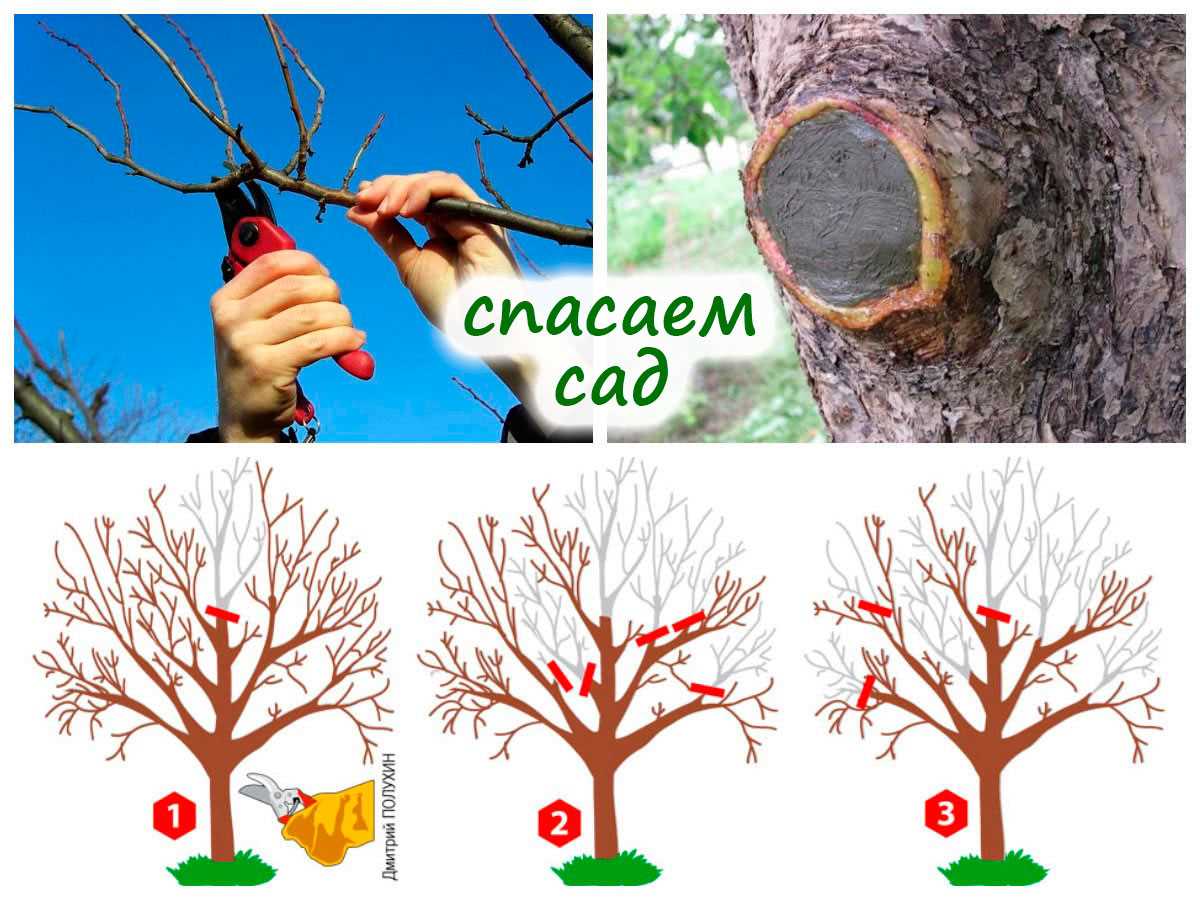
Плоскогубцы могут быть полезными при обрезке персика, особенно при удалении остатков побегов и ветвей после обрезки. С их помощью можно аккуратно вытащить обрезанные части, чтобы не повредить остальную часть дерева.
4. Защитные перчатки
Обрезка персика может быть опасной для ваших рук, поэтому рекомендуется использовать защитные перчатки. Защитные перчатки помогут предотвратить порезы и другие травмы при обрезке персика. Выбирайте перчатки из прочного материала, чтобы обеспечить максимальную безопасность.
Основные шаги обрезки персика
Обрезка персика является важным этапом в его уходе, особенно если вы стремитесь достичь омоложения дерева и повышения урожайности. Для получения наилучших результатов, рекомендуется следовать советам профессионального биолога.
1. Подготовка инструментов и дерева

Перед началом обрезки персика необходимо подготовить необходимые инструменты, такие как секатор, пилу и садовые перчатки. Также следует осмотреть дерево и удалить все поврежденные, сухие или больные ветви. Это позволит улучшить циркуляцию воздуха и света, что положительно отразится на здоровье дерева и его омоложении.
2. Выбор правильного места для обрезки

При обрезке персика следует выбирать места над здоровыми почками или боковыми побегами. Это позволит стимулировать рост новых веток и увеличить урожайность. Также рекомендуется обрезать ветви под углом, чтобы предотвратить скопление воды и заражение болезнями.
3. Удаление лишних ветвей
В процессе обрезки персика следует удалить все лишние ветви, которые мешают росту и развитию дерева. При этом необходимо оставить основные вертикальные и горизонтальные ветви, которые обеспечивают оптимальное распределение силы и питания. Также следует удалить ветви, которые пересекаются или встречаются внутри кроны, чтобы избежать конкуренции за свет и питание.
Все подробности об обрезке персика и его омоложении можно узнать у профессионального биолога или специалиста в области садоводства. Следование рекомендациям и правильное проведение обрезки персика поможет создать здоровое и плодовитое дерево.
Как правильно обрезать большие ветви персика?
Обрезка больших ветвей персика играет важную роль в его омоложении и улучшении урожайности. Для выполнения этой задачи стоит обратиться к профессиональному садоводу или биологу. Они смогут дать подробные советы и рекомендации по обрезке персика.
Перед началом обрезки необходимо освоить основные принципы работы с ветвями персика. Прежде всего, следует выбрать правильный инструмент для обрезки – острый секатор или пила. Затем нужно определить точку среза, чтобы не повредить здоровые ветви и ствол.
Одной из основных задач обрезки является удаление больных, слабых или поврежденных ветвей. Это позволяет улучшить освещение и вентиляцию растения, а также предотвратить распространение болезней. Следует также удалять слишком густые ветви, чтобы дать возможность солнечным лучам проникать внутрь кроны персика.
Обрезка больших ветвей персика – это ответственное и сложное дело, поэтому лучше доверить его профессионалам. Они смогут правильно определить точку среза и провести обрезку без вреда для растения. Следуя советам и рекомендациям профессионалов, вы сможете обеспечить своему персику здоровый рост и обильный урожай.
Как обрезать персик для формирования красивой кроны?
Обрезка персика для формирования кроны является важной процедурой, которую рекомендуется проводить под руководством профессионала. Биологи и опытные садоводы подготовили ряд советов, которые помогут вам осуществить обрезку персика эффективно и без проблем.
Подробности процесса обрезки
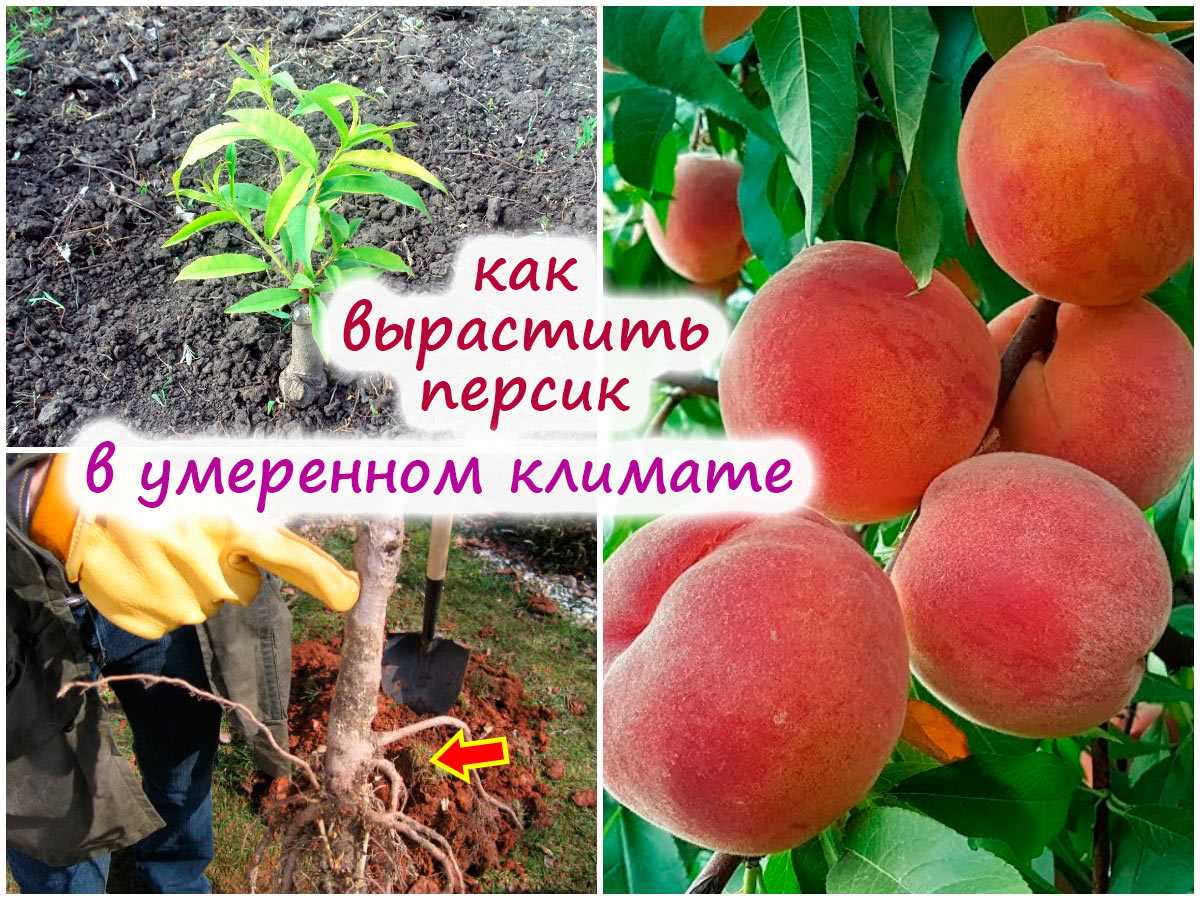
Перед началом обрезки персика необходимо внимательно изучить архитектуру растения и определить основные принципы обрезки. Сначала стоит удалить все поврежденные, больные или мертвые ветви, чтобы дать возможность здоровым веткам развиваться.
Так стоп!!! Вы всё ещё не подписаны на наши каналы в Телеграмм и Дзен? Посмотрите: ТГ - (@historyfantasydetectivechat) и Дзен (https://dzen.ru/myshortsstorys)
Основным заданием обрезки является формирование кроны персика. Для этого следует сократить все слишком длинные и ненужные ветви. Однако не следует удалять слишком много веток за один раз, чтобы не ослабить растение. Лучше проводить обрезку постепенно, равномерно распределяя нагрузку на дерево.
Профессиональные советы по обрезке персика

Для обрезки персика лучше использовать острые и стерильные инструменты, чтобы избежать возможности заражения растения. Не забудьте обработать все порезы специальной мазью для ускорения заживления ран.
Также важно помнить, что обрезка персика лучше проводить в период покоя растения, то есть в зимние месяцы. Это поможет избежать нежелательной реакции растения на обрезку и способствует более успешному заживлению ран.
Выводя красивую крону персика, не забывайте о правильном распределении ветвей. Равномерное расположение веток поможет обеспечить равномерное освещение и лучшую циркуляцию воздуха, что положительно скажется на здоровье и развитии растения.
Как ухаживать за персиковым деревом после обрезки?

Обрезка персика является важным шагом в его уходе и способствует его омоложению. После профессионального обрезания персикового дерева необходимо уделить внимание правильному уходу, чтобы достичь наилучших результатов.
Следуйте следующим советам, чтобы дерево персика оставалось здоровым и красивым:
- Подробности обрезки персика и основные принципы можно найти в руководствах и видеоуроках.
- Обрезку персика рекомендуется проводить весной перед началом вегетационного периода.
- После обрезки обязательно обработайте раны антисептиком или садовым варом, чтобы предотвратить возможное заражение.
- Удалите все поврежденные, слабые и перекрывающие ветви, чтобы создать хорошую вентиляцию и пропуск света.
- Не удаляйте более 30% кроны дерева за один раз, чтобы избежать сильного стресса для персика.
- После обрезки регулярно поливайте и подкармливайте персиковое дерево, чтобы обеспечить его нормальное развитие и рост.
Следуя этим советам, вы сможете поддерживать здоровье и красоту вашего персикового дерева после обрезки и наслаждаться обильным урожаем каждый год.
Какие проблемы могут возникнуть при неправильной обрезке персика?
Обрезка персика является важным этапом процесса омоложения и требует определенных навыков и знаний. Неправильная обрезка персика может привести к ряду проблем, которые могут негативно сказаться на его внешнем виде и вкусовых качествах.
1. Урон коре и мякоти
Неправильная обрезка персика может привести к повреждению его коры и мякоти. Например, если персик неправильно обрезать, он может быть лишен части своей коры, что приведет к потере эстетического вида и ухудшению сохранности плода. Также, неправильная обрезка может привести к повреждению мякоти персика, что снизит его вкусовые качества и степень сочности.
2. Риск болезней и инфекций

Неправильная обрезка персика может также стать причиной возникновения различных болезней и инфекций. Если инструменты, используемые для обрезки, не были дезинфицированы, то это может привести к передаче вредных микроорганизмов на поверхность плода. Такие инфекции могут вызвать гниение и порчу плода, что сделает его непригодным для употребления.
3. Потеря питательных веществ
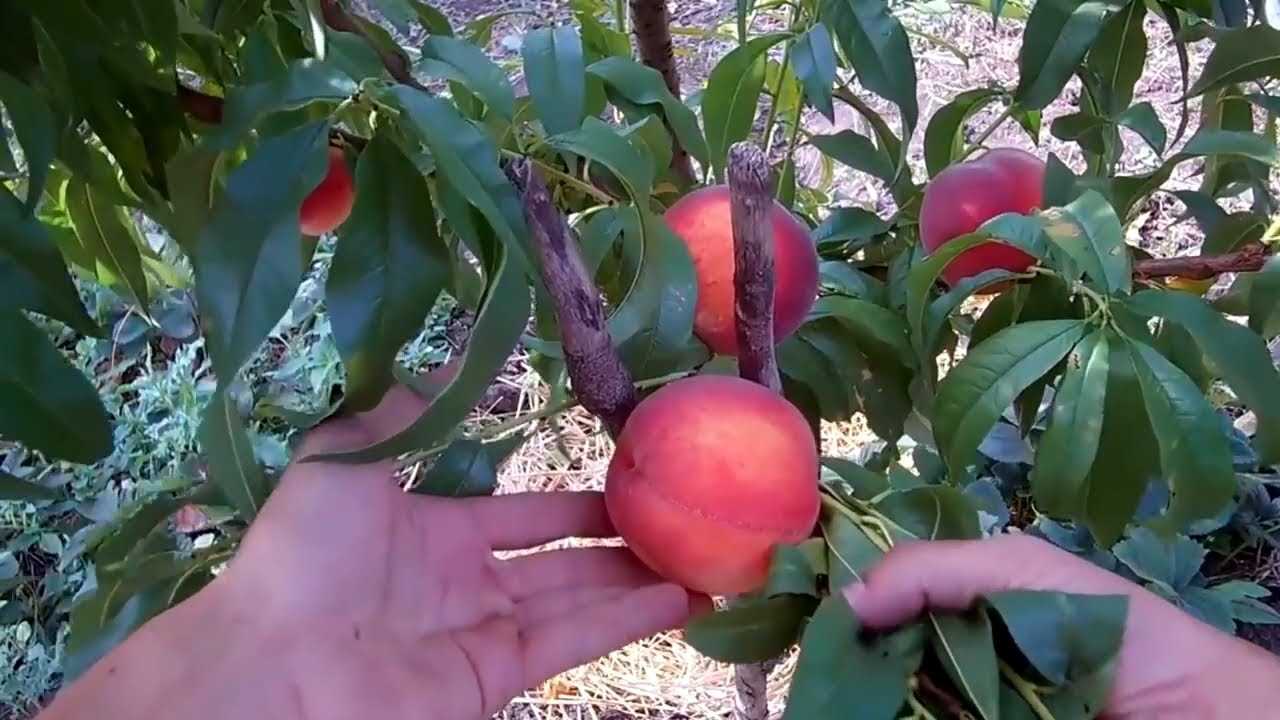
Неправильная обрезка персика может привести к потере питательных веществ. Когда персик обрезается неправильно, часть его плода может быть слишком грубо удалена, в результате чего потеряются важные питательные вещества, такие как витамины и антиоксиданты. Это может снизить пользу для омоложения, которую персик может принести.
Для избежания данных проблем рекомендуется обратиться за советами к опытным биологам и специалистам в области омоложения. Они подробно расскажут о правилах и технике обрезки персика, которые помогут сохранить его качества и максимально использовать его потенциал для достижения желаемого эффекта омоложения.
Советы по обрезке персика для начинающих
Обрезка персика — это важная процедура, которая поможет добиться красивой и здоровой кроны дерева. Для начинающих садоводов мы подготовили подробные советы, основанные на опыте профессионального биолога.
1. Выбор правильного времени для обрезки
Персик следует обрезать в позднюю зиму или раннюю весну, до начала вегетации. В это время дерево находится в состоянии покоя, что позволяет минимизировать риск заражения болезнями и инфекциями.
2. Удаление сухих и поврежденных веток
Одной из основных задач обрезки персика является удаление сухих, больных и поврежденных веток. Это позволяет дереву сосредоточить свою энергию на развитии здоровых побегов и плодов. При обрезке следует использовать острые и чистые инструменты, чтобы избежать заражения растения.
3. Создание правильной формы кроны
При обрезке персика необходимо стремиться к созданию правильной формы кроны. Для этого следует удалить чрезмерно густые ветви, чтобы обеспечить достаточный доступ света и воздуха ко всему растению. Регулярное удаление верхушек позволяет стимулировать рост боковых ветвей и формировать компактную крону.
4. Поддержание баланса между ростом и плодоношением
При обрезке персика следует учитывать, что растение нуждается в балансе между ростом и плодоношением. Необходимо удалить излишне густые ветви, чтобы снизить конкуренцию между ними и обеспечить равномерное развитие плодов. Также следует удалить слабые и плохо развитые ветви, чтобы способствовать росту и развитию здоровых побегов.
Следуя этим советам, вы сможете правильно обрезать персик и обеспечить его здоровый рост и плодоношение. Помните, что обрезка персика — это не только процедура омоложения, но и забота о здоровье растения, которая требует внимания и терпения.
Как сохранить урожайность персика при обрезке?
Обрезка персика является важным этапом его ухода, который может значительно повлиять на его урожайность. Для достижения оптимальных результатов необходимо учесть ряд факторов и следовать советам биологов.
Подбираем правильное время для обрезки
Персик следует обрезать в период покоя, когда растение находится в состоянии покоя и не активно растет. Лучшее время для обрезки — ранняя весна, перед началом вегетации. В это время растение еще не начало активно тратить энергию на рост, и обрезка не негативно скажется на урожайности.
Удаляем больные и поврежденные ветки
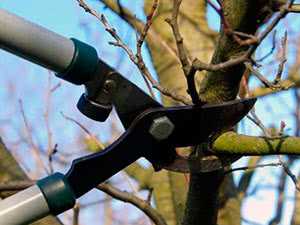
Основная цель обрезки персика — удаление больных, поврежденных и слабых веток, чтобы улучшить доступ света и воздуха к оставшимся веткам. Также необходимо избавиться от суковатых веток, которые не приносят хорошие плоды. Удаление таких веток помогает персику направить свои силы на развитие качественных и урожайных побегов.
Следим за подробностями

При обрезке персика важно обратить внимание на каждую деталь. Нужно удалить все пересекающиеся ветви, чтобы избежать их дальнейшего повреждения. Также следует обрезать ветки, направленные внутрь кроны, чтобы обеспечить равномерное освещение и вентиляцию растения.
Следует также удалить все отросшие побеги с основного ствола, чтобы сохранить крону персика компактной и удобной для обслуживания.
Используем советы профессионалов

Для достижения наилучших результатов при обрезке персика стоит обратиться к опытным садоводам и профессиональным биологам. Они смогут дать более детальные рекомендации и советы, учитывая особенности конкретного сорта персика и условия его выращивания.
Соблюдение всех этих правил и рекомендаций позволит сохранить урожайность персика при его обрезке и сделает его более здоровым и продуктивным.
Вопрос-ответ:
Когда следует обрезать персиковое дерево?
Персиковое дерево следует обрезать в конце зимы или в начале весны, перед тем, как оно начнет активный рост. Это обычно происходит в феврале или марте.
Каким образом обрезать персиковое дерево?
При обрезке персикового дерева следует удалить все мертвые, больные или поврежденные ветки. Также необходимо удалить все ветки, которые пересекаются или растут внутрь кроны. Желательно оставить только сильные и хорошо расположенные ветви, чтобы дать дереву возможность развиться правильно.
Как часто следует обрезывать персиковое дерево?
Персиковое дерево следует обрезывать каждый год, чтобы поддерживать его форму и стимулировать правильный рост. Основные обрезки следует проводить в конце зимы или в начале весны, но также можно проводить легкие обрезки в течение всего года, чтобы убрать мертвые или поврежденные ветки.
Какие инструменты необходимы для обрезки персикового дерева?
Для обрезки персикового дерева вам понадобятся острые секаторы для удаления мелких веток и побегов, а также пилка или секаторы-пила для удаления более крупных веток. Также рекомендуется использовать санитарный спрей или антисептик для обработки ран после обрезки.
Можно ли обрезать персиковое дерево в другое время года?
Хотя основные обрезки персикового дерева рекомендуется проводить в конце зимы или в начале весны, в некоторых случаях можно проводить легкие обрезки в другое время года. Например, если ветки пересекаются или повреждены, их можно обрезать в любое время, чтобы предотвратить дальнейшее повреждение дерева.

